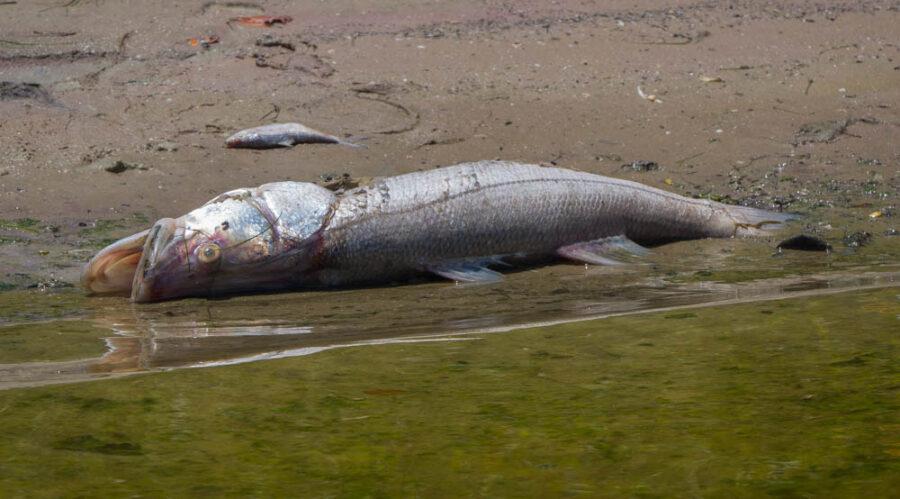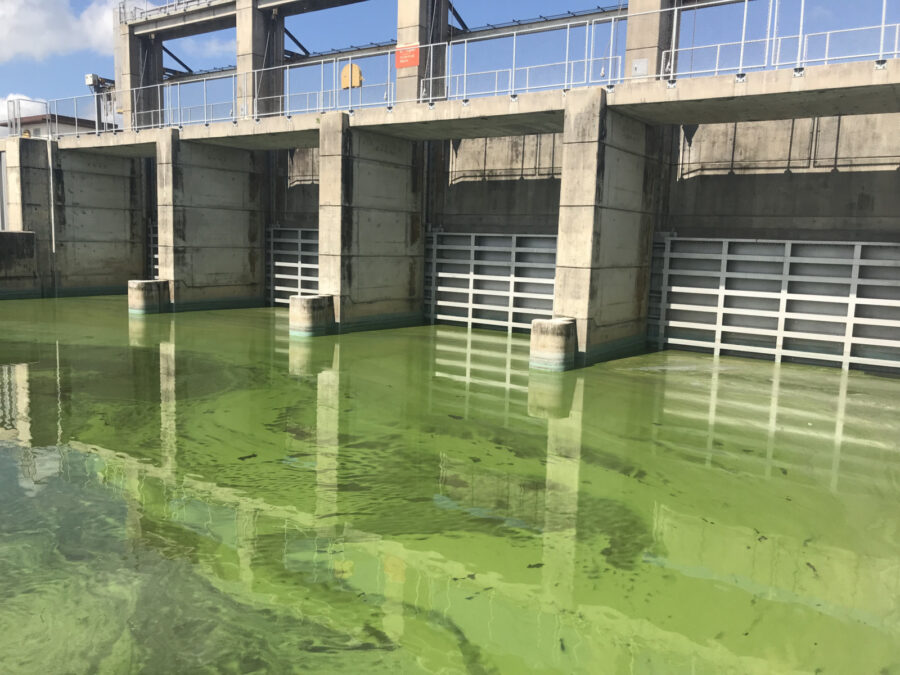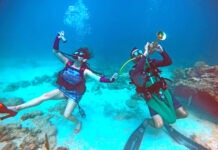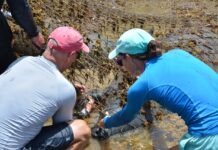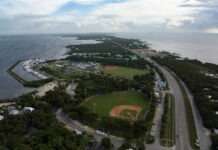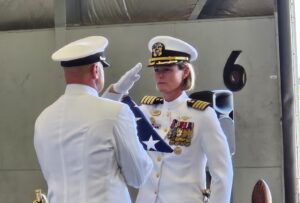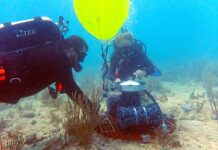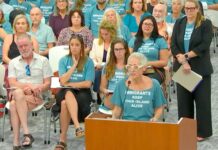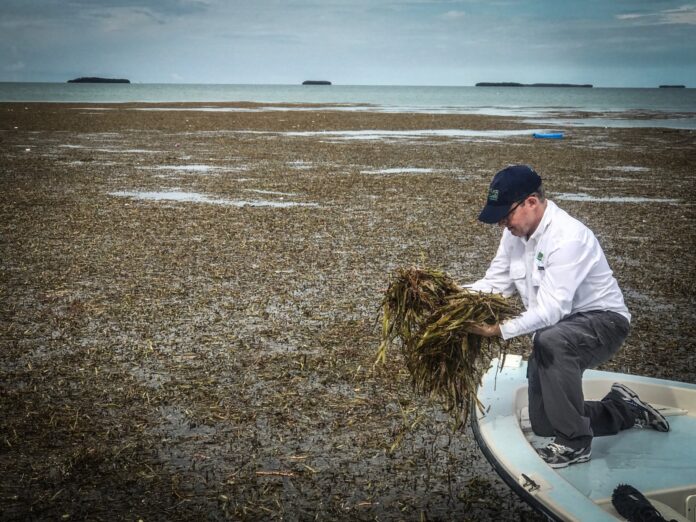
In Florida Bay, the flow of fresh water from Lake Okeechobee in the north through the Everglades nourishes the Keys ecosystems and economies. Anything disrupting this natural process poses a serious threat.
Enter salt – and a lot of it.
“Salinity refers to the salt content in a coastal water body,” explained Steve Davis, the chief science officer at the Everglades Foundation. “Ocean salinity is roughly 35 parts per thousand (ppt). If you’ve ever swam in the ocean and tasted it, you know what that is. When salt content gets higher than that of the ocean, we call it hypersalinity.”
Basically, Florida Bay is becoming hypersaline more often and in greater severity than ever before. We’re to blame.
Davis said, “It’s all driven by water balance. If you don’t have fresh water coming in from the Everglades, it leads to hypersalinity and events like the 2015 mass die off of seagrass.”
Lake Okeechobee is made up of fresh water, with a salinity of zero. The water in Florida Bay is naturally both fresh and salty because it’s composed of the outflow from the lake mixed with ocean water from the Gulf of Mexico and the Atlantic Ocean. However, “there have been recent increases in salt concentration because of no fresh water coming in from the Everglades to flush the system.”
On top of that, the water in Florida Bay gets trapped. As the sun evaporates it, salt is left behind. So, the salinity of the bay begins to increase and becomes greater than the salinity of the surrounding ocean. In years with less than average rainfall such as drought years, effects are exacerbated.
In numbers, if the ocean has a salinity index of 35 ppt, a historically healthy Florida Bay might be 40, Davis said. However, since stopping freshwater flow from Lake Okeechobee, with drought years or successive drought years, the salinity in Florida Bay can reach up to 70 to 80 ppt – more than double that of the ocean. He stressed: we’re at the point now where years of average rainfall still result in salinity higher than the ocean.
“This is devastating to the ecology and fisheries of Florida Bay,” Davis said. Seagrass can die off while algae blooms increase. “It’s the downward spiral of the entire ecosystem. It goes from clear water to something that looks like pea soup.”
Add heat, and we have a disaster waiting to happen. Davis said, “The combo of heat and hypersalinity is what is most devastating to the bay. Hot, salty water doesn’t hold much oxygen, and oxygen is essential to the health of the bay and to large fish species that are highly coveted by anglers.”
All that affects our Florida Keys economy.
Luckily, due to good rainfall and more freshwater flow through the restoration of the Tamiami Trail, we didn’t experience this despite record-breaking heat this summer. Still, the cumulative effects of years of restricted freshwater flow have now resulted in areas that were historically freshwater transitioning to saltwater environments because there isn’t enough fresh water moving in.
“What Everglades restoration does is to push back against all that and keep those areas functioning as brackish areas, rather than hypersaline areas,” Davis said.
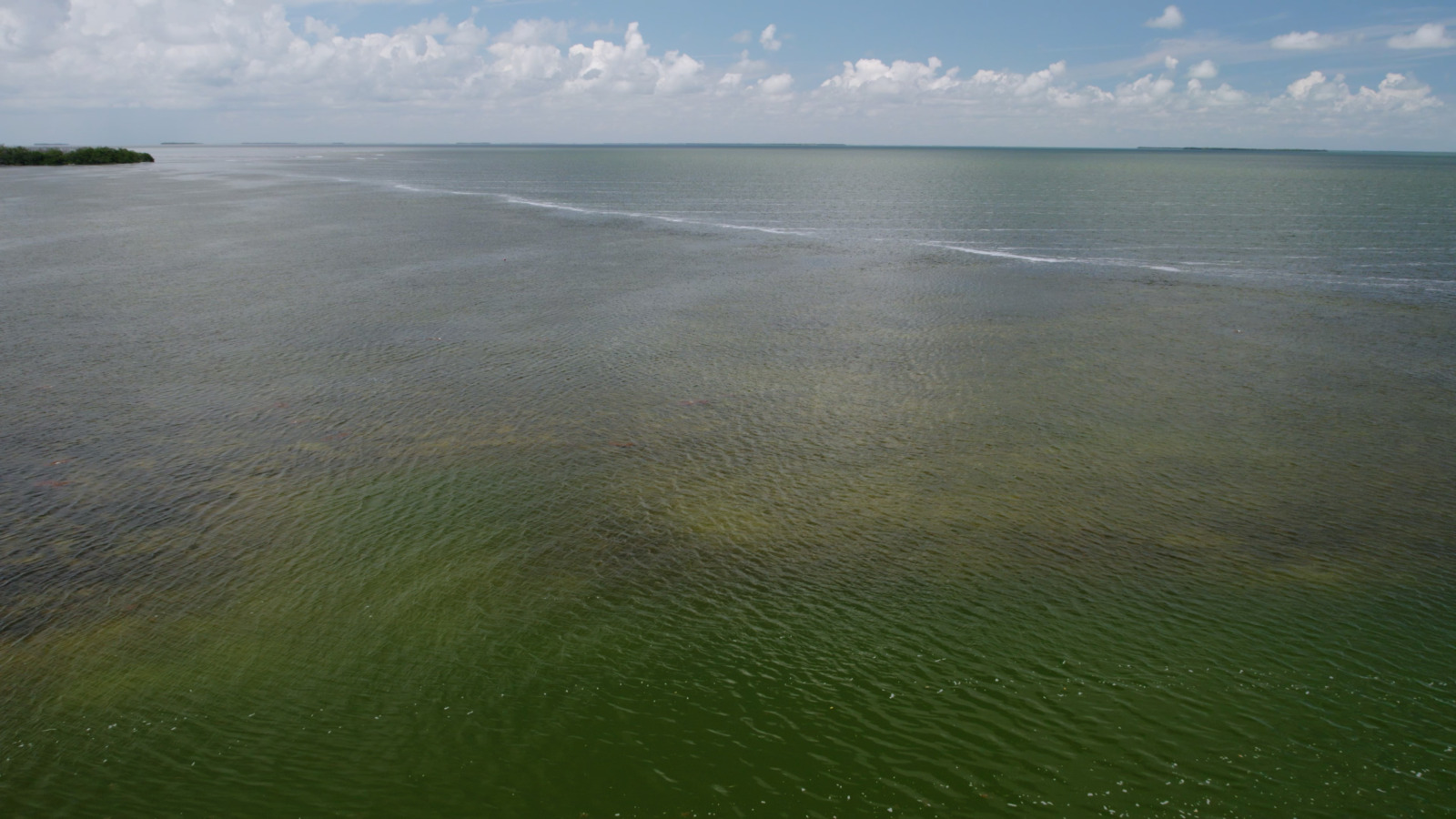
Years ago, the Everglades Foundation was formed to develop a plan for necessary Everglades restoration, including both Florida Bay and the Keys. Their mandate is to “replumb South Florida” and get water from Lake Okeechobee flowing south again, Davis said.
The key restoration project is an Everglades agricultural reservoir to be built south of Lake Okeechobee. “That’s the one that really does heavy lifting to get water south,” Davis said. That store of fresh water would be like “drought insurance for the ecosystem,” he added. “It’d be stores of large volumes of water that we can send south – like a rain barrel that we’d connect to gutters. When it’s dry, we could use it to water plants and send it down to Florida Bay.”
The Everglades Agricultural Area A-2 Reservoir is a multibillion-dollar project, but the economic benefits measure well beyond that, the aquatic ecologist said. “We commissioned a study in 2010 that showed, conservatively, that Everglades Restoration delivers a 4-to-1 return on investment. That’s enormous.”
Experts estimate that today’s Everglades restoration plans will result in a benefit of $20 billion.
The main opponents of the reservoir are industrial sugar companies that stand to lose access to water they currently lay claim to. In 2021, U.S. Sugar Corp., Okeelanta Corp. (Florida Crystals) and the Sugar Cane Growers Cooperative filed a lawsuit against the Army Corps. to stop construction of the EAA Reservoir because “they think that water belongs to them,” Davis said. The trial court rejected all claims, and the sugar industry plaintiffs each appealed that judgment. The appeal is still pending.
“If Sugar wins their appeal on this, they will hold hostage significant volumes of water that should be sent south to Florida Bay. They don’t even use all the water they are already allocated, and they’re asking for more,” added Kelly Cox, Audubon Florida’s director of Everglades policy.
In 2023, the village of Islamorada signed onto an amicus brief filed with the Court of Appeals in support of the reservoir – and, therefore, of a healthier Florida Bay. “I’d like the council to get a pat on the back for that. Their constituents need to hear about this,” Cox said.
While the fight for the flow continues, organizations like Audubon and the Everglades Foundation continue to push for critical restoration measures that will help bring Florida Bay back to life.
